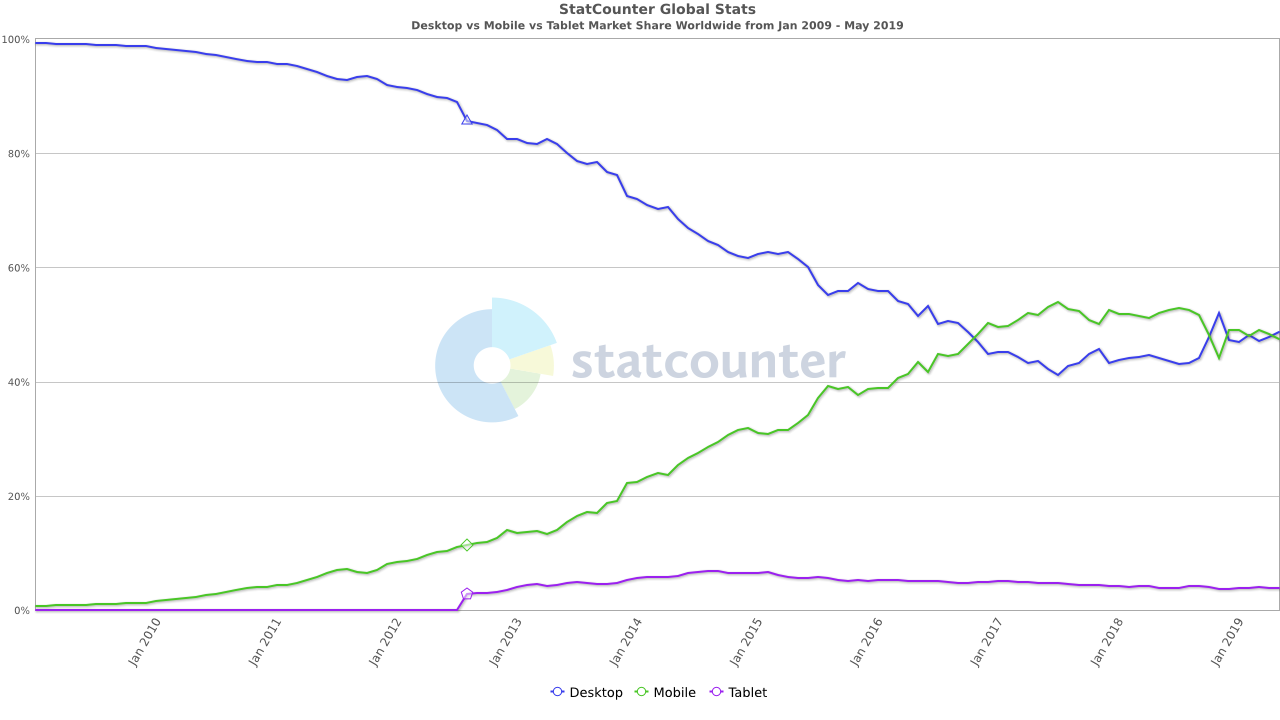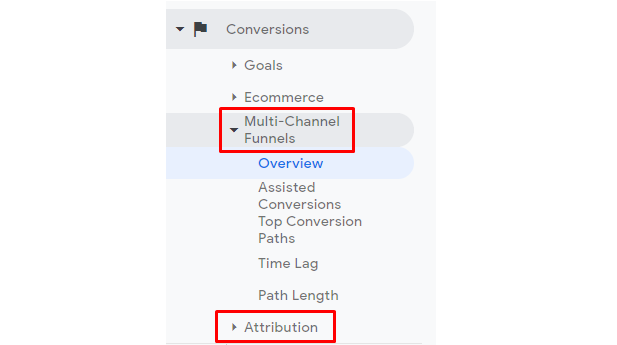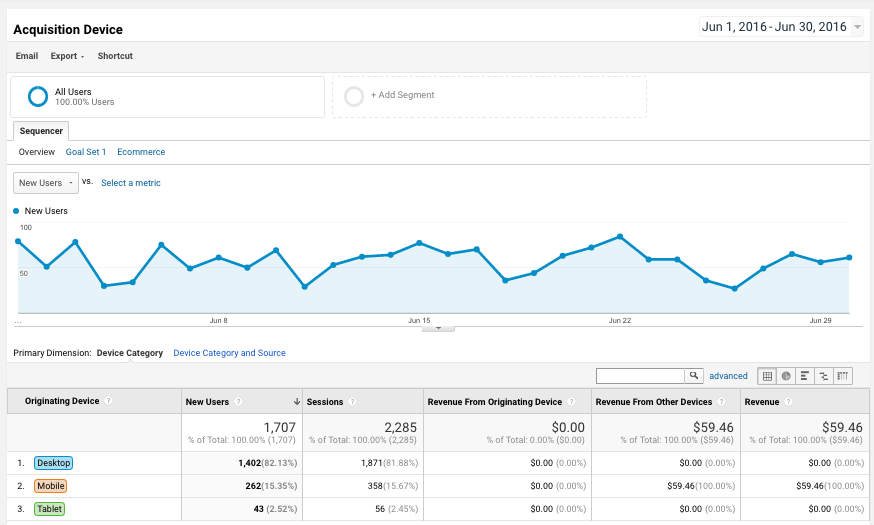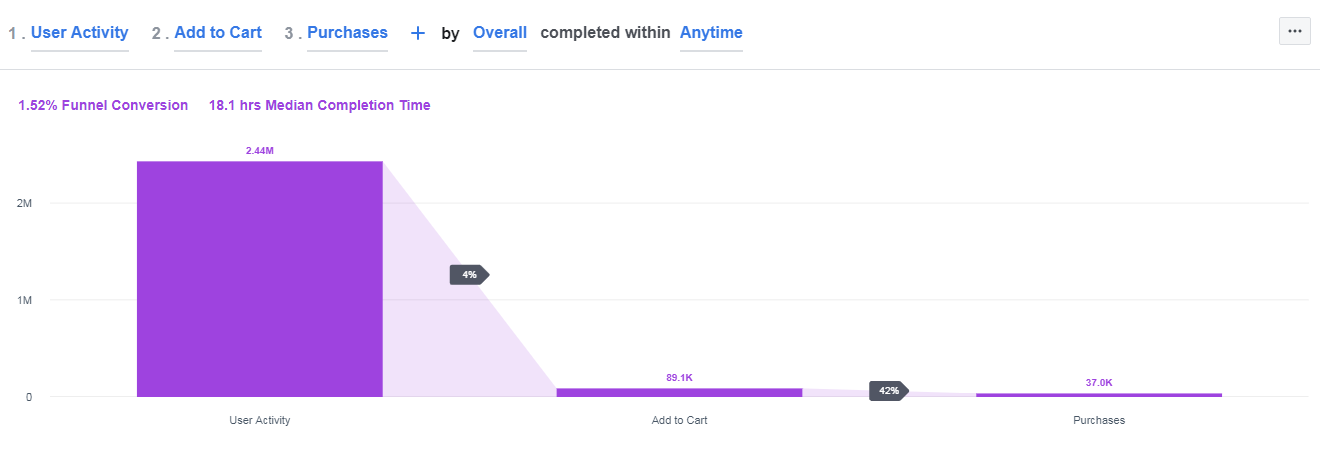Start Exploring Keyword Ideas
Use Serpstat to find the best keywords for your website
How To Read Your Traffic: 4 Major Tools For Marketing Attribution

This means that the key to success isn't in good results but in tools and data that help marketers measure these results and improve them. The only way for any business to do that is to create a marketing attribution model.
What is attribution modeling?
Put another way, attribution modeling helps companies fill the gaps between their sales and marketing information by analyzing their customers' paths through a sales funnel.
Why is it difficult to accurately monitor conversion sources?
According to one survey from Digiday, 63% of marketers want to know customers' every step.

Reason 1. The expansion of multi-channel marketing


On one side, businesses get more opportunities to reach larger potential audiences due to the vast number of available channels. On another side, businesses get access to more information, which increases brand awareness but doesn't boost sales.
Not to mention that more data may lead to more troubles, as you need someone who knows how to structure it and analyze it to benefit the business.
Reason 2. Cross-device tracking, or mobile is coming
Let's start at the beginning. Have you seen Game of Thrones?
The series culminates in a battle between the White Walkers and humans, where the bad guys outnumber the good guys.
In the desktop–mobile battle, the circumstances are pretty much the same with only one exception: There's no happy ending.


So how is this related to marketers' moods and attribution modeling?
Cross-device tracking is an ongoing issue. When desktop was the major platform, it was easy for businesses to track user actions thanks to cookies stored on the user's device.
With the advent of mobile shopping, things have changed. Every device has its own unique cookies that cannot be transferred to another device.
In the past, when a customer found a product or service on a desktop computer and purchased it from a smartphone, a business had to use stratagems such as probabilistic and deterministic matching to identify this customer.
Luckily, cross-device tracking reports are now available on such platforms as Google Analytics and Facebook Attribution. We'll review them in the next part of this article.
Reason 3. The variety of attribution models
There are two major types of attribution: single-source and multi-source.
Single-source marketing attribution models are the easiest to implement. They're perfect for companies with short sales cycles.


If a business sets a large number of touchpoints and uses multiple channels for advertising, the model will automatically become more complex.
The length of the sales cycle affects the modeling process as well. The longer it takes for a user to turn into a lead and then become a customer, the more effort it takes to build an attribution model that works well.
In addition, there are a zillion ways for customers to convert and buy, no matter the industry.
Ideally, to measure why, where, and when people take an interest in products or services, businesses have to combine different attribution models and come up with their own models that match their goals.
Attribution tools every marketer should use

She adds that measurement and ad platforms must be connected, and teams must work with data unified around audiences rather than channels.
Indeed, there's no perfect way to measure conversions. But still, there's a sure way to do it. Probably most, if not all, large, medium, and small business piggyback on Google and Facebook.
Google and Facebook are the two biggest giants in the advertising market. They provide enough data to learn everything about the target audience of any company in any niche or industry thanks to a large number of great tools for analytics and measurement.
Let's review the major tools that shed light on conversions.
Attribution in Google Analytics

This menu gives access to five reports that display how different marketing channels work together to achieve conversions and sales.
Multi-channel funnels overview


Assisted Conversions

Top Conversion Paths

Time Lag

Path Length

Model Comparison Tool


Google Signals
Keep in mind that Google Signals identify only people who have activated the ads personalization feature in their Google accounts.

Device Overlap

Device Paths

Channels

Acquisition Device

Facebook Attribution
The Facebook Attribution tool helps advertisers and marketers trace the customer's entire path across the Facebook family of apps and services. Facebook Attribution reports provide businesses with important data to boost ROI, adjust ad campaigns, and optimize ads.


Funnels in Facebook Analytics
Funnels in Facebook Analytics are scenarios used to analyze customer behavior. Every funnel includes a sequence of steps.









Conclusion
However, digital marketing is evolving all the time. That's why there will never be a universal solution for marketing attribution.
Instead, marketers will always be looking for new ways to measure conversions. If you want to get the full picture of the customer journey, you need to combine data from different sources: attribution reports in Google Analytics, Google Signals, the Facebook Attribution tool, funnels in Facebook Analytics, and so on.
Thanks for reading, and good luck!
Speed up your search marketing growth with Serpstat!
Keyword and backlink opportunities, competitors' online strategy, daily rankings and SEO-related issues.
A pack of tools for reducing your time on SEO tasks.
Discover More SEO Tools
Serp Crawling
Scrape Google SERP and analyze
Connector With Looker Studio
Connect to Looker Studio and create reports with data visualization
Bulk Keyword Analysis
Revolutionize your keyword research process with our bulk keyword checker
Keyword Difficulty Tool
Stay ahead of the competition and dominate your niche with our keywords difficulty tool
Cases, life hacks, researches, and useful articles
Don’t you have time to follow the news? No worries! Our editor will choose articles that will definitely help you with your work. Join our cozy community :)
By clicking the button, you agree to our privacy policy.

